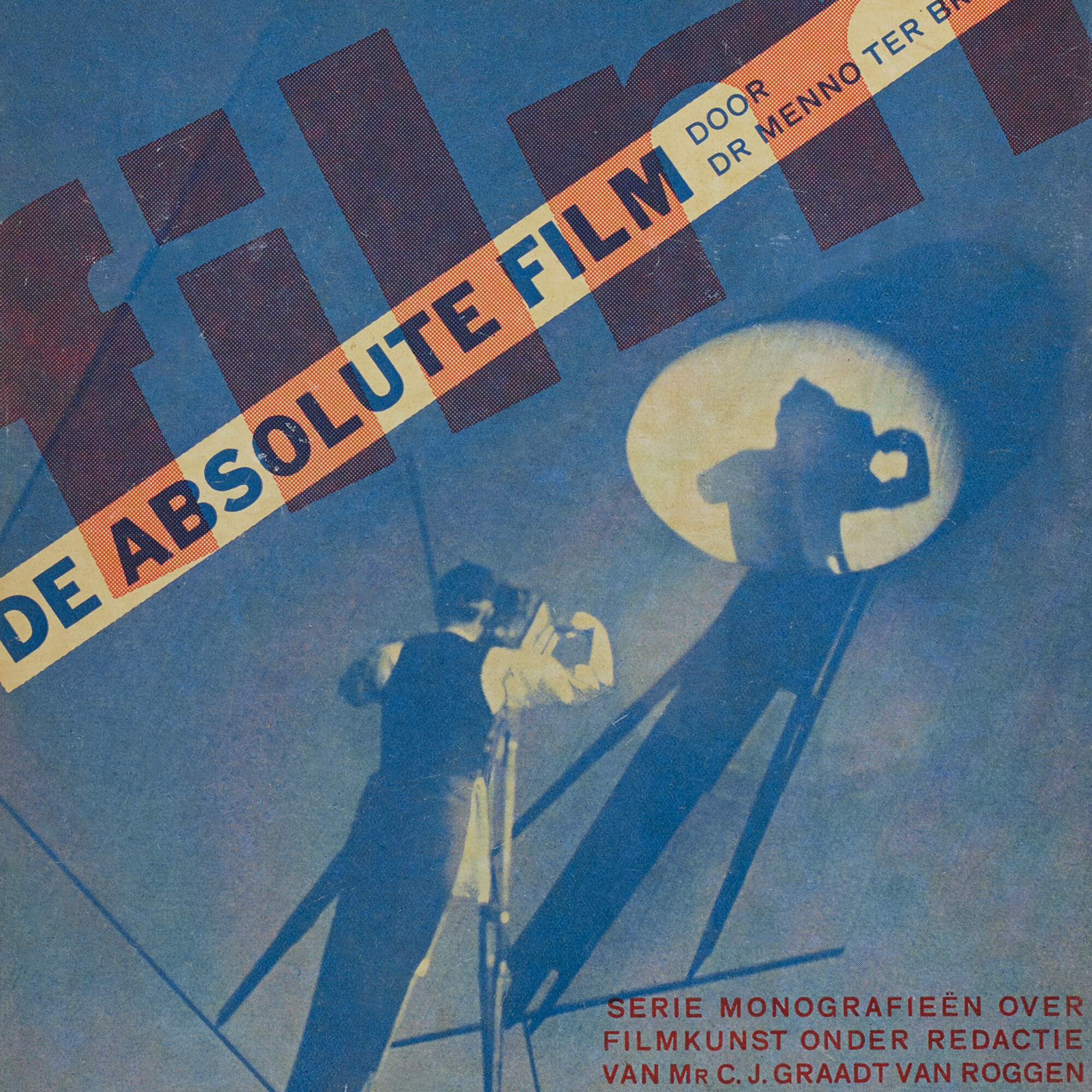287
287
The Netherlands, 1930-1949
printed paper
printed paper
estimate: $3,000–5,000
follow artist
Collection inclues fourteen film art periodicals with text and graphic design by Piet Zwart.
provenance: Private Collection, Phoenix
Bruynzeel's Fabrieken Piet Zwart, Zaandam, 1949. 108 pages, Hardcover.
Radio-Jaarboek 1932 E.P. Weber, A.J.G. Strengholt, Amsterdam/Netherlands, 1932. 445 pages, Hardcover.
Kamergymnastiek Voor Iedereen W.P. Hubert van Blijenburgh, W.L. & J. Brusse's, Rotterdam, c. 1930. 59 pages, Hardcover.
Het boek van PTT, Nederlandsche Rotogravure Maatschappij, Leiden, 1939. 49 pages, Softcover.
De GeluidsFilm Lou Lichtveld, W.L. & J. Brusses uitgeversmaatschappij, Rotterdam, 1933. 77 pages.
De Absolute Film Menno ter Braak, W.L. en J. Brusse's Uitgeversmaatschappij, Rotterdam, 1931. 50 pages, Softcover.
De Komische Film Constant Van Wessem, W.L. Brusse Uitgeversmaatschappij, Rotterdam, 1931. Softcover.
Amerikaansche Filmkunst J.F. Otten, W.L. en J. Brusse's Uitgeversmaatschappij N.V., Rotterdam, 1931. 70 pages, Softcover. Two copies.
Fransche Filmkunst Elisabeth De Roos, W.L. en J. Brusse's Uitgeversmaatschappij N.V., Rotterdam, 1931. 60 pages, Softcover.
Russische Filmkunst TH. B.F. Hoyer, W.L. en J. Brusse's Uitgeversmaatschappij N.V., Rotterdam, 1932. 84 pages, Softcover.


Color is a creative element, not a trimming.
Piet Zwart
Piet Zwart 1885–1977
Born in 1885 in Zaandijk, the Netherlands, Piet Zwart received formal training as an architect but later began an influencial career in graphic design at the age of 36. His design was influenced by the De Stijl movement as he gravitated toward color, form and line. Having no formal training in graphic design or typography, Zwart was not bound by the rules typically applied by traditional professional design studios of the time. He experimented with color, photography and typography and used them as elements of creativity and expression. In addition to his design practice, Zwart began teaching at the Rotterdam Academy of Visual Arts, now the William de Kooning Academy. His teaching methodology was considered radical and was similar to the ideas taught at the Bauhaus in Germany, where he led a series of lectures. In 1933 his approach to education caused him to loose his position at the school. Like many non-traditional artists and designers in Europe during WWII, Zwart was arrested in 1942 by occupying German forces and was not released until the end of the war in 1945. Piet Zwart died at the age of 92 in 1977. The school which previously fired him for his radial approach to education was later renamed The Piet Zwart Institute of the William de Kooning Academy.